In recent years, there has been a growing awareness of the environmental impact of various products and industries. One area of concern is the production of candles and the type of wax used in them. Traditional paraffin wax, derived from petroleum, has raised environmental and health concerns. As a result, soy wax has emerged as an alternative that claims to be more eco-friendly. This article will explore the question: Is soy wax truly eco-friendly?
Understanding Soy Wax
Soy wax is a vegetable wax made from the oil of soybeans, a renewable and readily available resource. It was introduced as a more sustainable and cleaner-burning alternative to paraffin wax. Here’s a closer look at the factors that contribute to its eco-friendliness:

Renewable Resource
Soybeans are a renewable crop that can be harvested annually. This makes soy wax a sustainable choice as it does not deplete finite fossil fuel reserves like paraffin wax.
Biodegradability
Soy wax is biodegradable, which means it can naturally decompose without causing long-term harm to the environment. In contrast, paraffin wax is not biodegradable and can contribute to landfill waste.
Clean Burning
Soy wax candles tend to burn more cleanly than paraffin candles. They produce fewer toxins and carcinogens, reducing indoor air pollution and associated health risks.
Lower Emissions
The production of soy wax generates fewer greenhouse gas emissions than paraffin wax. This can help reduce the carbon footprint associated with candle manufacturing.
Supporting Farmers
Soybean farming can provide income to local farmers, contributing to rural economies and potentially promoting sustainable agricultural practices.
Non-Toxic
Soy wax is non-toxic and does not release harmful chemicals when burned. This makes it a safer option for both consumers and the environment.
Sustainable Packaging
Many soy wax candle manufacturers prioritize eco-friendly packaging, using recycled materials, and minimizing waste in their product design.
What Are the Challenges and Concerns Surrounding Soy Wax?
While soy wax offers several eco-friendly benefits, it is not without its challenges and concerns:
Land Use
The expansion of soybean farming can lead to deforestation and habitat destruction, particularly in regions like the Amazon rainforest. To mitigate this, consumers should seek out sustainably sourced soy wax products.
Genetically Modified Organisms (GMOs)
Most soybeans grown globally are genetically modified, raising concerns about potential environmental and health impacts. Organic or non-GMO soy wax may be a better choice for those concerned about GMOs.
Pesticide Use
Like any crop, soybeans can be treated with pesticides and herbicides that can harm the environment. Organic soy wax is grown without synthetic chemicals, making it a more sustainable option.
Transportation
The carbon footprint of soy wax candles can increase if the soybeans are grown far from the candle manufacturing facility, leading to higher transportation emissions.
Competition with Food Production
The growth of soybean crops for wax production can potentially compete with food production, which could have social and ethical implications. Ensuring responsible land use and crop management is essential.
Final Words
Soy wax can be considered a more eco-friendly alternative to paraffin wax due to its renewable source, biodegradability, clean burning properties, and lower emissions. However, challenges such as land use, GMOs, pesticide use, transportation emissions, and competition with food production must be addressed to ensure sustainability.
As consumers, we can make a positive impact by choosing soy wax products that are sustainably sourced, non-GMO, and organic. Additionally, supporting responsible farming practices and advocating for transparency in the supply chain can contribute to a more environmentally friendly candle industry.
Ultimately, while soy wax is a step in the right direction, it is essential to continue exploring and improving sustainable alternatives to reduce our environmental footprint further.
Frequently Asked Questions (FAQs)
Is Soy Wax Biodegradable?
One key aspect of eco-friendliness is biodegradability. We’ll investigate whether soy wax lives up to its reputation as a biodegradable material, which can naturally decompose without harming the environment.
Does Soy Wax Burn Cleaner than Paraffin Wax?
Comparing soy wax to traditional paraffin wax, we’ll analyze which option burns cleaner. This includes assessing the emissions and pollutants released during combustion and their impact on indoor air quality and the environment.
How Does Soy Wax Fare in Terms of Greenhouse Gas Emissions?
The production of wax involves energy consumption and emissions. To understand its environmental implications, we’ll explore the carbon footprint associated with soy wax production and compare it to paraffin wax.
Can Soy Wax Help Support Local Economies?
Beyond its environmental aspects, we’ll examine how soybean farming can provide income to local farmers, contributing to rural economies and potentially promoting sustainable agricultural practices.
Is Soy Wax Non-Toxic?
Safety is another vital aspect of eco-friendliness. We’ll discuss whether soy wax candles are non-toxic and do not release harmful chemicals when burned, making them a safer choice for consumers and the environment.




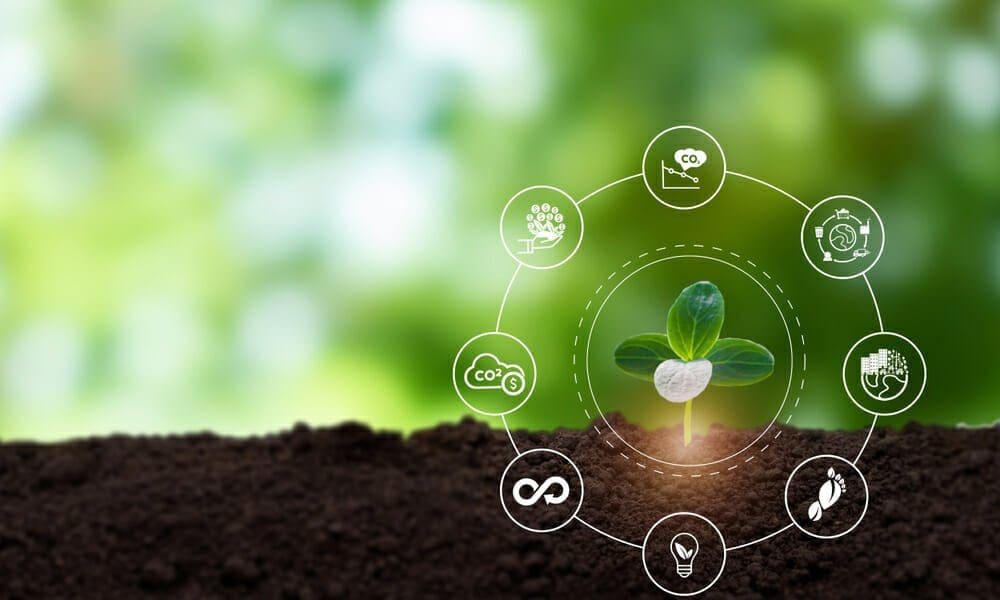
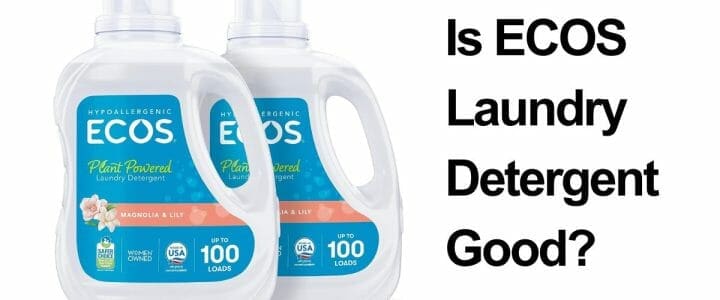
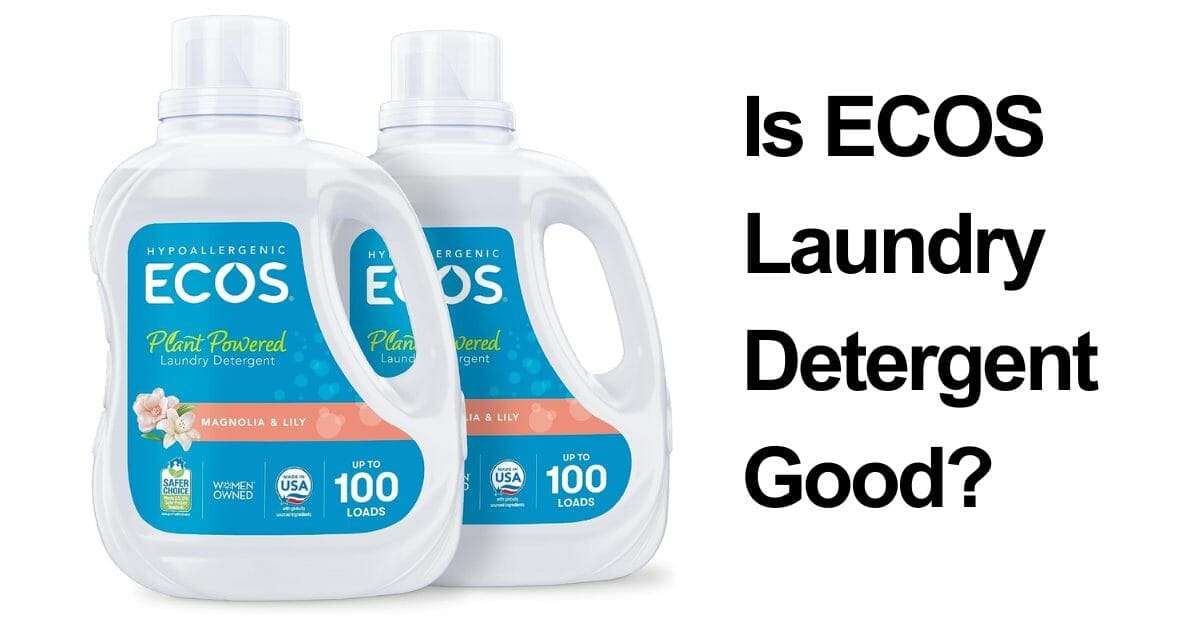





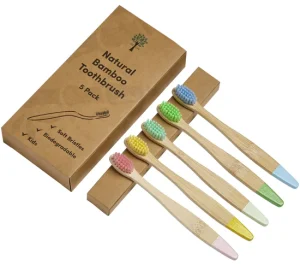



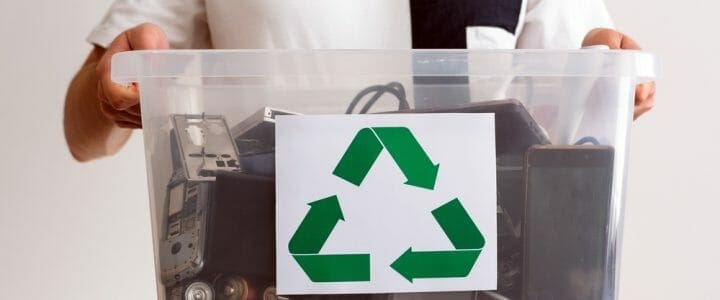
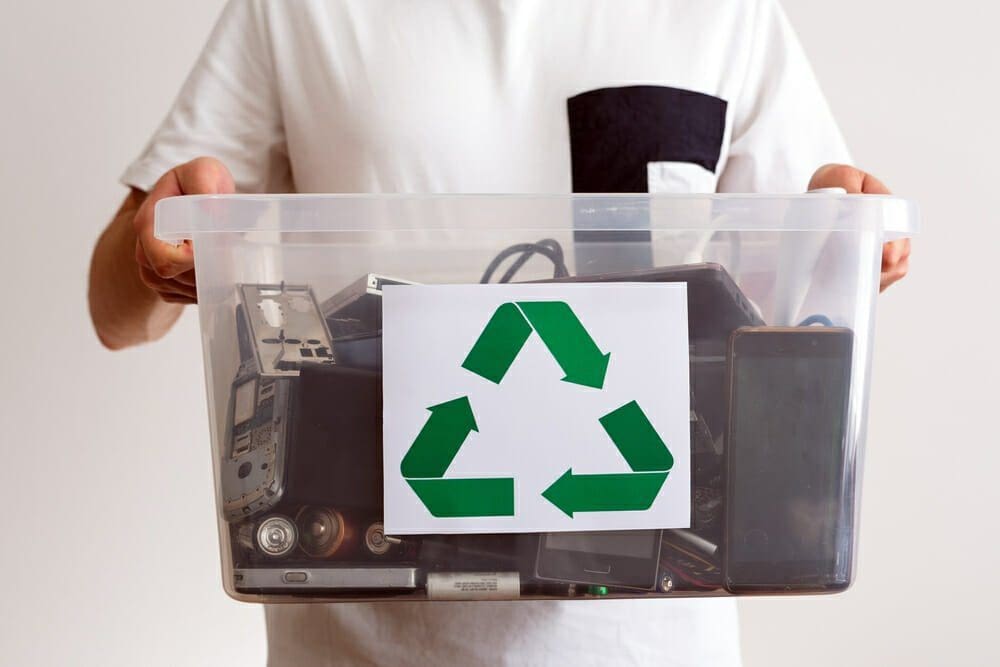
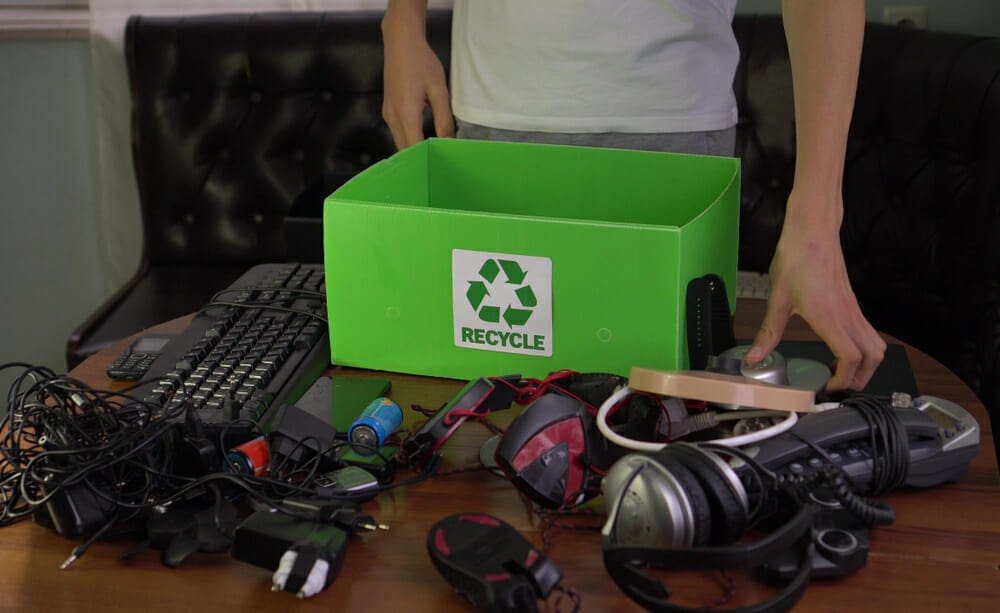



![19 Best Biodegradable Soaps for Sustainable Living [2021] PERSONALCARE](https://theecofriend.net/wp-content/uploads/2021/02/PERSONALCARE.jpg)